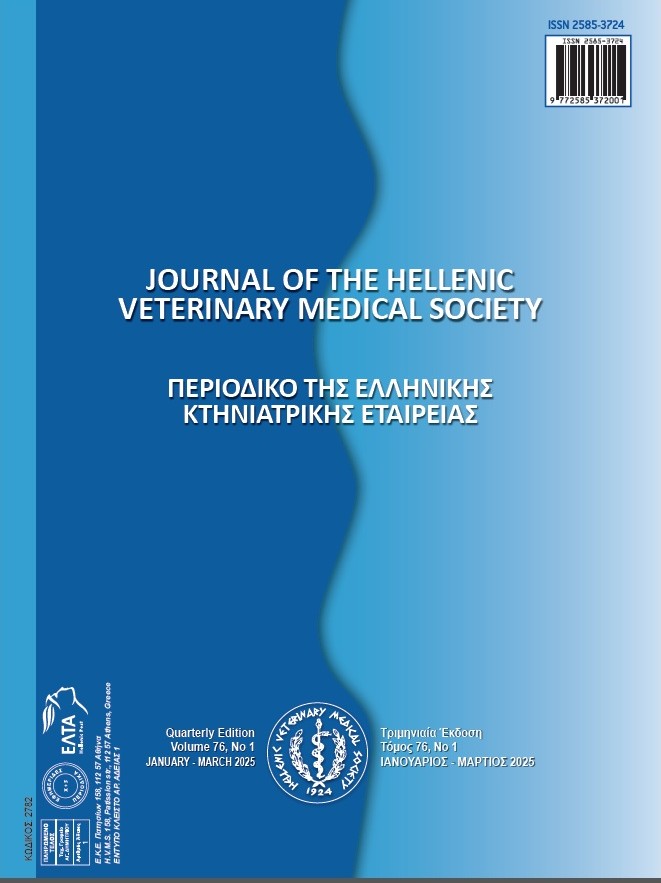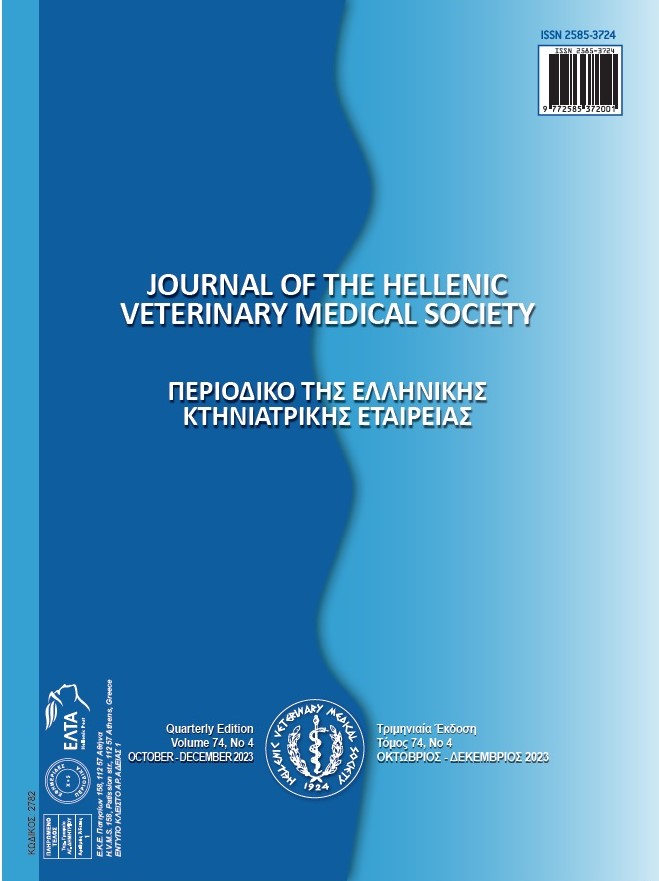Investigating the integration of Alternative Methods to Animal Use in Hellenic Biomedical Research and Educational Institutions

Abstract
Replacement is the primary of the Three Rs (3Rs standing for Replacement, Reduction, Refinement) which are the established humane experimentation principles, incorporated in the EU member states legislation for the protection of animals used for scientific purposes. Replacement is defined as the alternative methods or New Approach Methodologies (NAM) that decline or substitute the use of animals. Our aim was to investigate for the first time the integration of replacement methods in laboratory animal facilities serving Biomedical Research and Education in Greece, after over 10 years of harmonized implementation of Directive 2010/63/EU. An anonymous questionnaire survey was addressed to personnel responsible for managing 56 licensed facilities. Information about the characteristics of participating facilities; the use of animal alternatives and the perceptions around available alternatives were collected. A 50% response rate was yielded for analysis. The majority of the facilities were public non-profit organizations, running animal protocols for both research and training purposes. To our pleasant surprise, most people responsible for managing licensed Hellenic animal facilities reported the usage of alternative methods, indicating a moderate and low degree of replacement of animal models. 62.5% of the facilities had partially substituted animal models, with cell cultures, Systematic Review and/or Μeta-Αnalysis, and other non-animal methods being the major adopted methods. Rodents and farm animals were the predominant species to be replaced, whereas fishes were used to replace rodents and other laboratory animals. To our knowledge, these are the first data regarding animals’ replacement in Greece, especially in a transition period where deep learning and fluidics are about to change the animal research landscape. The main finding of our survey was the established perception that scientific reproducibility, time efficacy of research outcomes, and moral integrity are adequately guaranteed by adopting alternative methods to animal use. However, until more validated alternatives are present and widely accessible, the use of animals in biomedical research and education in Greece is still imperative and ongoing.
Article Details
- How to Cite
-
Chatziprokopiou, D., Tsoutsou, M., Fragkiadaki, E., & Tsingotjidou, A. (2025). Investigating the integration of Alternative Methods to Animal Use in Hellenic Biomedical Research and Educational Institutions. Journal of the Hellenic Veterinary Medical Society, 76(1), 8871–8882. https://doi.org/10.12681/jhvms.38235
- Issue
- Vol. 76 No. 1 (2025)
- Section
- Research Articles

This work is licensed under a Creative Commons Attribution-NonCommercial 4.0 International License.
Authors who publish with this journal agree to the following terms:
· Authors retain copyright and grant the journal right of first publication with the work simultaneously licensed under a Creative Commons Attribution Non-Commercial License that allows others to share the work with an acknowledgement of the work's authorship and initial publication in this journal.
· Authors are able to enter into separate, additional contractual arrangements for the non-exclusive distribution of the journal's published version of the work (e.g. post it to an institutional repository or publish it in a book), with an acknowledgement of its initial publication in this journal.
· Authors are permitted and encouraged to post their work online (preferably in institutional repositories or on their website) prior to and during the submission process, as it can lead to productive exchanges, as well as earlier and greater citation of published work.



